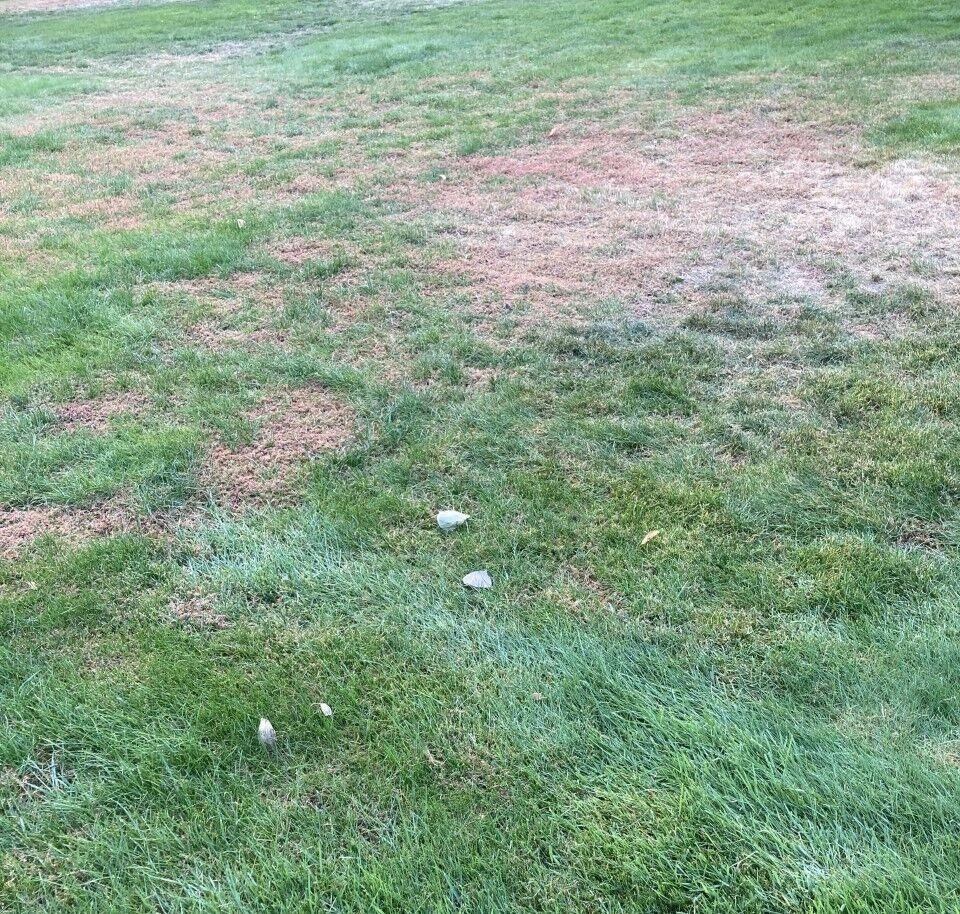Tips for limiting the weeds that pop up in your lawn
By Bonnie Orr
WSU Chelan/Douglas County Master Gardener


For the last eight years, we have experienced an increasing number of days higher than 86 degrees. Do you remember the “heat dome?” That period of 100-plus weather lasted nearly a week in June 2021. Vast swaths of turf burned out. And because the grass leaves were dead, the soil was exposed to light. The various weed seeds hidden in the top few inches of soil germinated. Some people noticed splotches of weeds growing in their turf by late summer 2021.
Here’s more heat-related information. And here.
Common bad guys
A frequent question fielded by WSU Master Gardeners in 2022 was, “Where did these weeds come from and what can I do?” Most people did not realize how serious the infestations of spotted spurge, prostrate spurge, oxalis and purslane had become.
These weeds flourish in weak, drought-stressed areas of turf.
The tardy identification of the problem most likely will cause the infestations in 2023 to be much more severe since last summer’s plants created a new seed bank. Each of the devilish weeds described in the accompanying sidebar story can produce hundreds to thousands of seeds per plant.
March is the time to apply pre-emergent products, which will stop many of the seeds from germinating. They must be applied before the seeds start to grow. Usually, the soil is 50 degrees. For example, dandelions sprout when the soil is 50 degrees and bloom when the soil is 55 degrees.
So, what to do?
- Most importantly, create a healthy lawn with minimum amounts of thatch. Water regularly and deeply, and apply fertilizer in spring and early summer. A healthy lawn will out-compete broad-leaf weeds.
- The weed seeds most likely did NOT arrive in the irrigation water. The seeds are spread by wind. Or worse, the weed seed might be introduced by your lawn care service that has picked up the seed in the mower’s wheels or other equipment.
- Be prepared to walk your lawn, specifically the edges, to monitor the first appearance of the weeds.
- Consider pulling by hand those first offenders rather than spraying them. Have a bag with you as you survey your property so that you can remove the weed and put it in the trash.
- Weed seeds can continue to develop even after the plant is pulled. Never leave piles of wilting weeds in a pile to pick up later. Have you watched a dandelion plant go to seed almost before your very eyes? If you hoe out weeds on the edges of the lawn or along the street, make sure to trash all the bits you have scraped up.
If you choose to apply chemicals, there are a number of pre-emergent chemicals sold at garden centers. Be sure to read the label to determine if your target plant is listed as controlled by a particular product. Post-emergent chemicals can be applied to lawns to kill broad-leaf weeds.
The WSU Master Gardeners can help you identify the weeds and offer suggestions of chemicals that can be applied to control them.
Consider a different attitude about your lawn. How often do you use your lawn, say, to play croquet? Is the only time you are on your lawn is when you are mowing it? Have you considered the ecological and financial cost of a monoculture turf lawn? If the lawn is green, keeps the dust down and is copacetic, why not tolerate some green broadleaf plants in your lawn?
Because of the increased number of hot days, we need to garden differently.
